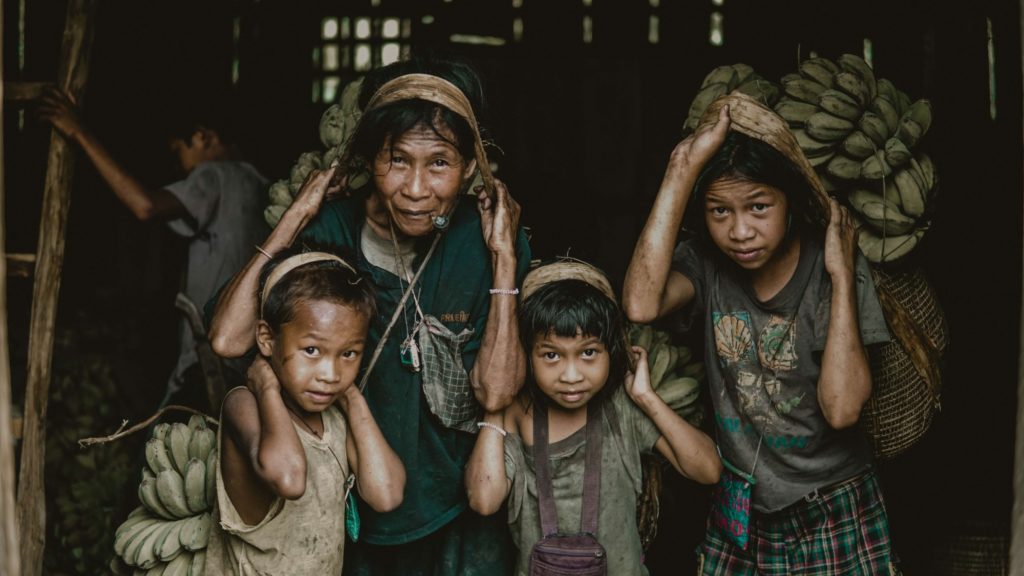How to turn certification into a development mechanism that would help farmers move towards sustainability at a pace that’s tailored to their capacity? That’s the question Rainforest Alliance seeks to answer as they are developing an improvement of their certification standard.
On February 5, 2019 SIANI hosted a consultation workshop at the SEI HQ in Stockholm, during which Rainforest Alliance invited 20 guests to discuss the first draft of the new framework for their certification criteria. This consultation was part of global round of workshops, ten of which have been held in the Global South and five in the North.
The Rainforest Alliance explains that their vision is to move beyond certification as a simple pass or fail approach and instead work with farmers and other actors along supply chains to achieve sustainable agriculture, livelihoods and landscapes. The new certification will employ a flexible improvement approach that consists of three parts: mandatory core criteria, context-specific mandatory criteria and self-selected improvement topics. The whole process will be data driven, with a goal to enhance transparency and enable development of context specific solutions.
Experience has shown that receiving the certification requires initial investment. Farmers have to sell their product for the price of uncertified crops, which makes it difficult to save the money to get certified. That is why the Rainforest Alliance is looking to introduce a lower threshold, so it is easier for farmers to enter the certification system. After that they can receive support and market access and, therefore, be in a better position to invest in sustainability. The new approach is seen as more sensible than the one with higher initial demands that farmers and cooperatives can’t meet and manage.
But the very idea of a certification is that consumers want to buy a more sustainable product. So, the mandatory core criteria that all producers and suppliers with the Rainforest Alliance’s seal must follow need to be strong enough to generate consumer trust. In exchange for having a relatively low threshold for certification, once farmers gain the seal, it’s mandatory for them to improve on several self-selected sustainability topics or they risk losing the seal.
Another core concept behind having self-selected improvement topics is to be context sensitive. This means, for instance, that larger producers have requirements for working conditions and wages, while smallholders may focus only on farming practices.

